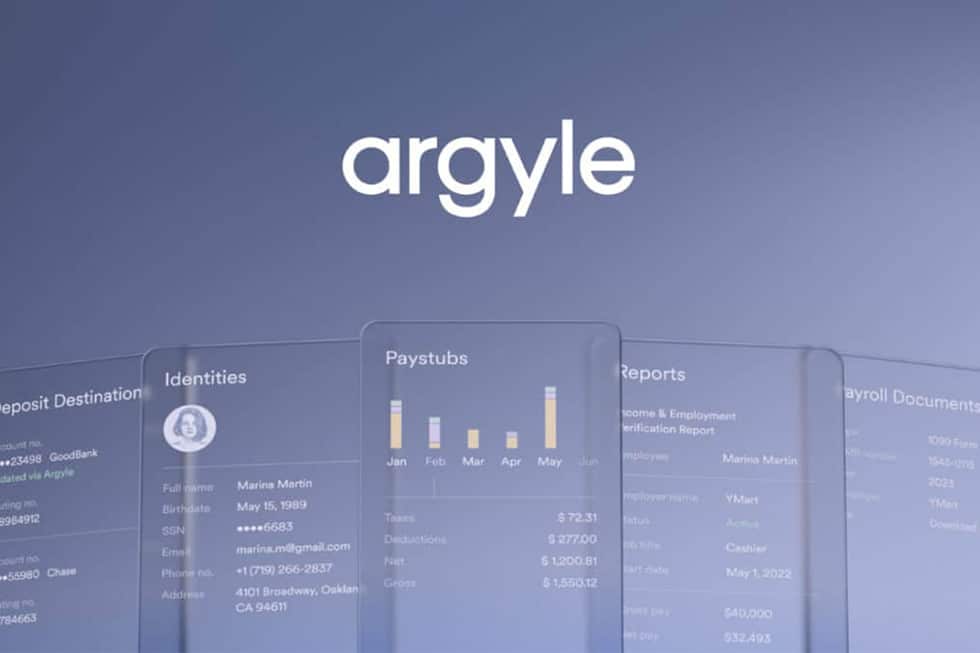It’s late in the afternoon and you get the call you’ve been waiting for – a journalist from the New York Times wants to interview a company spokesperson for an upcoming article they are working on right now. The only problem now is that your CEO is not an expert on the topic and can’t take the time to prepare for the interview on such short notice. This leaves the communications team scrambling for an alternative spokesperson with enough knowledge on the topic to speak to the journalist or risk losing the opportunity for coverage in one of the company’s primary media targets. Your spokesperson bench should be like a lineup of players ready to bat for your organization at any given time.
Here are three tips for building a roster of MVPs with enough unique experience to hit any interview topic out of the park.
Start with Key Messages
The first step to establishing your team of spokespeople is to identify your most important key messages. Who within the company understands the main messaging points? While sometimes the CEO is the best option for giving insight into the company’s overall goals and vision, they might not always be the best person to give the nitty-gritty details on the development of a new product or procedure. In this case, it would be best to have the CTO or COO media trained and ready to have opportunities like this presented to them.
It is also good practice to create a spokesperson bench matrix that provides an outline of who you want to tap for each unique topic and a backup option for each. Having multiple areas of expertise that your company is equipped to comment on will help the comms team respond to reporters and secure interviews more quickly. This also provides peace of mind for the spokespeople knowing that they will only be tapped for topics they are truly experts in.
Mix it Up
Once you develop a roster of experts that cover every topic it’s time to look back at that list and reflect on their backgrounds. Do they all look the same? Do they all sound the same? Today’s reporters are looking for fresh takes from diverse voices to tell a complete picture that more readers can relate to.
News organizations like NPR and MPR, along with groups like the Open Notebook and the Database of Diverse Sources, curated by editors of color for experts of all kinds, have been compiling open-source lists of diverse experts for years according to a recent Neiman report. When you look back at the sources you put forward, ask yourself the following:
- What are the similarities between my chosen roster?
- What are the differences between them?
- Can I make any swaps between my first and second strings to offer opportunities to more women, people of color, and people with non-traditional backgrounds within my organization?
Prioritize DEI within your organization
If the answer to the last question is no, then it signals a bigger project to tackle for your organization – prioritize more diverse hiring and promoting practices. Harvard University eloquently put together the benefits by stating that “different backgrounds and perspectives lead to a variety of ideas, knowledge, and ways of doing things. The converse is often true as well: team members from the same background may take actions based on a narrow range of experiences.” By ensuring that your organization and spokesperson bench includes staff from various social and cultural backgrounds, you will widen the range of perspectives, knowledge, and approaches to give the media a fresh take on a hot topic and stand out against the rest.
The ever-evolving media landscape currently has the number of communications professionals outnumbering journalists 6 to 1. Having an exceptional list of diverse all-star spokespeople ready will ensure that your organization stands out against the hundreds of other “expert sources” clamoring for media interviews. It will also secure your place in the minds of your media contacts as a valuable resource they can turn to when they need you most.





